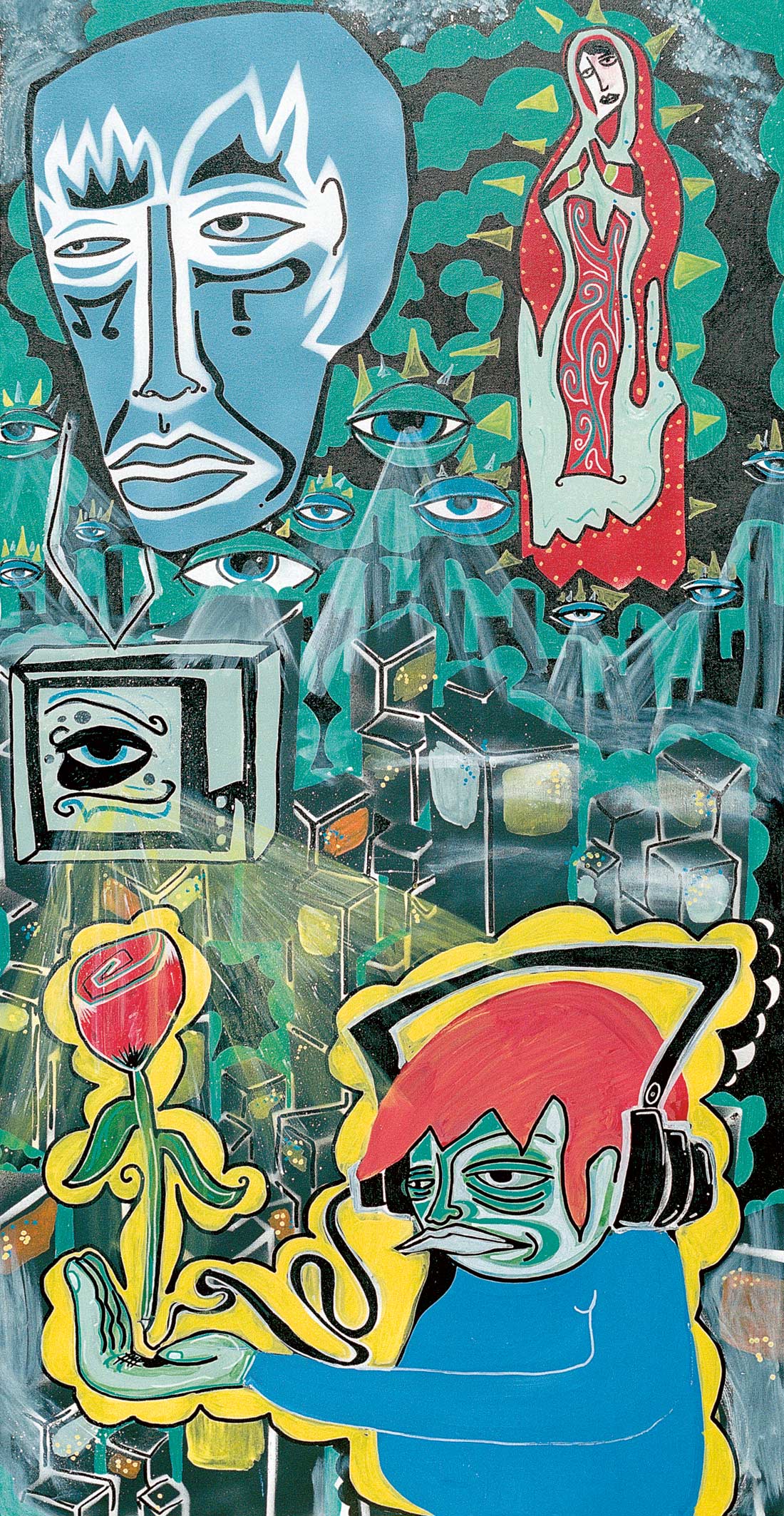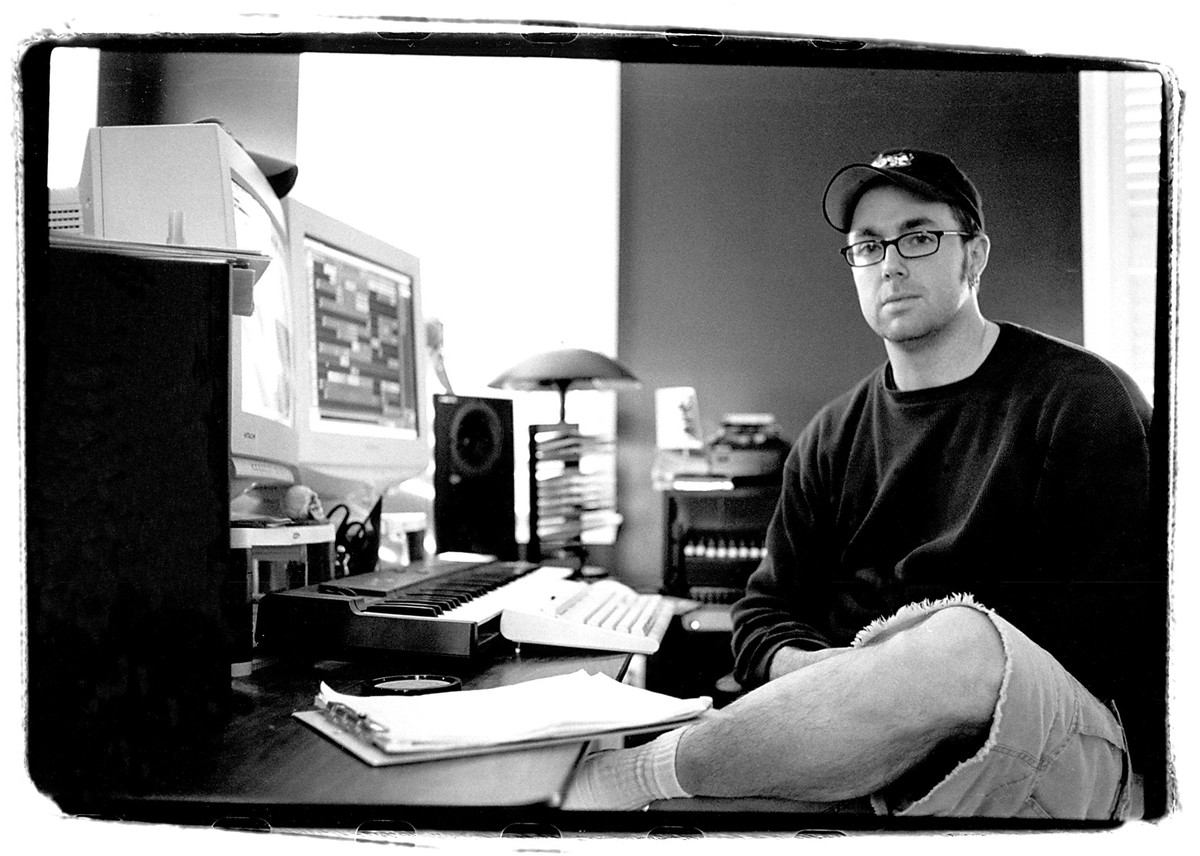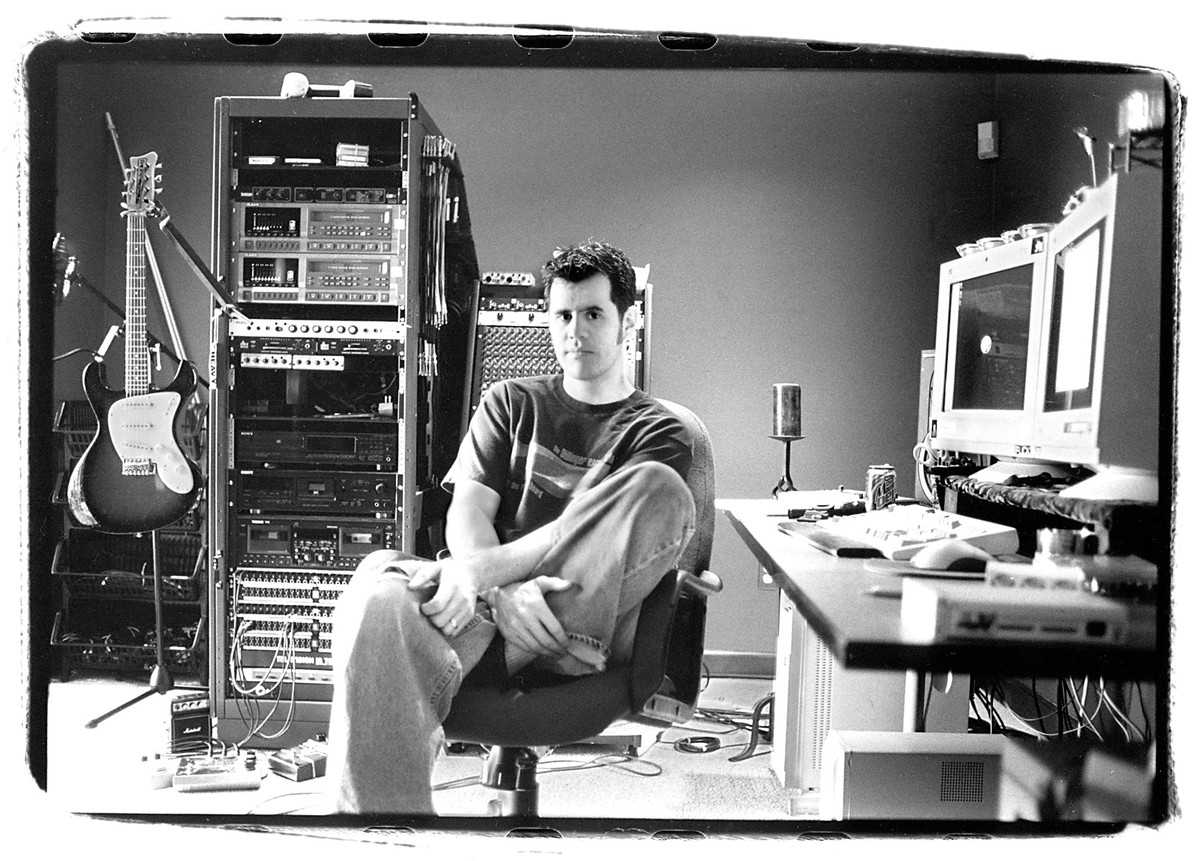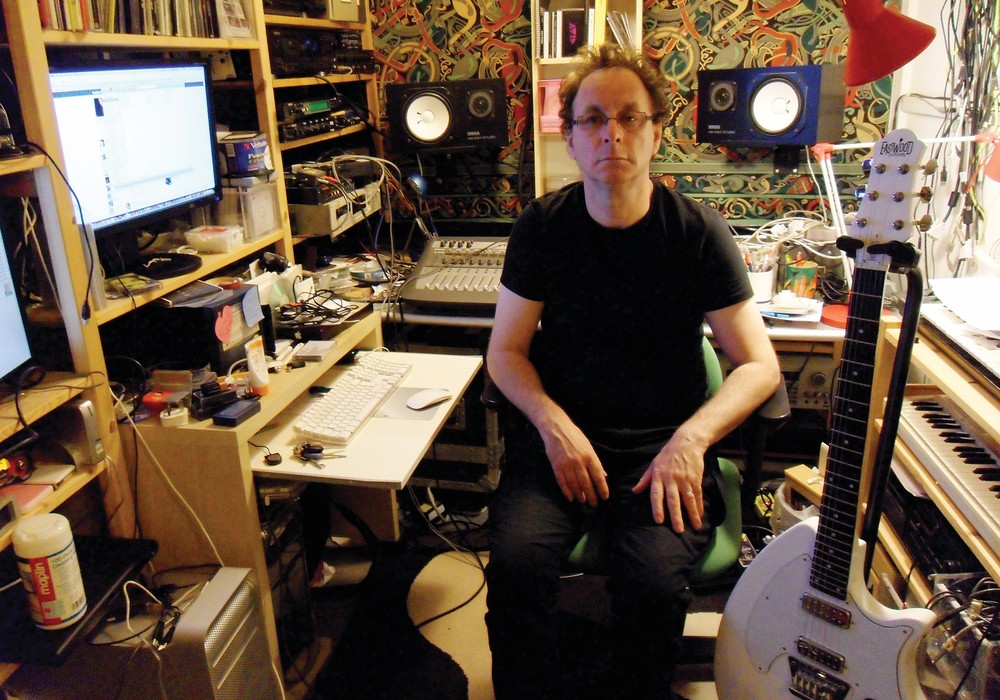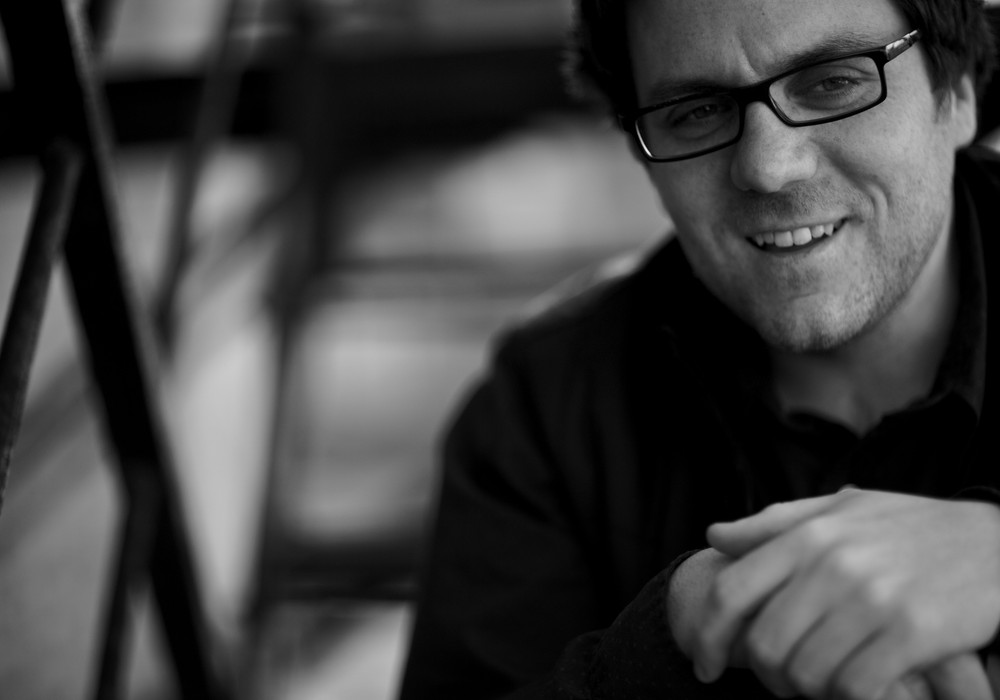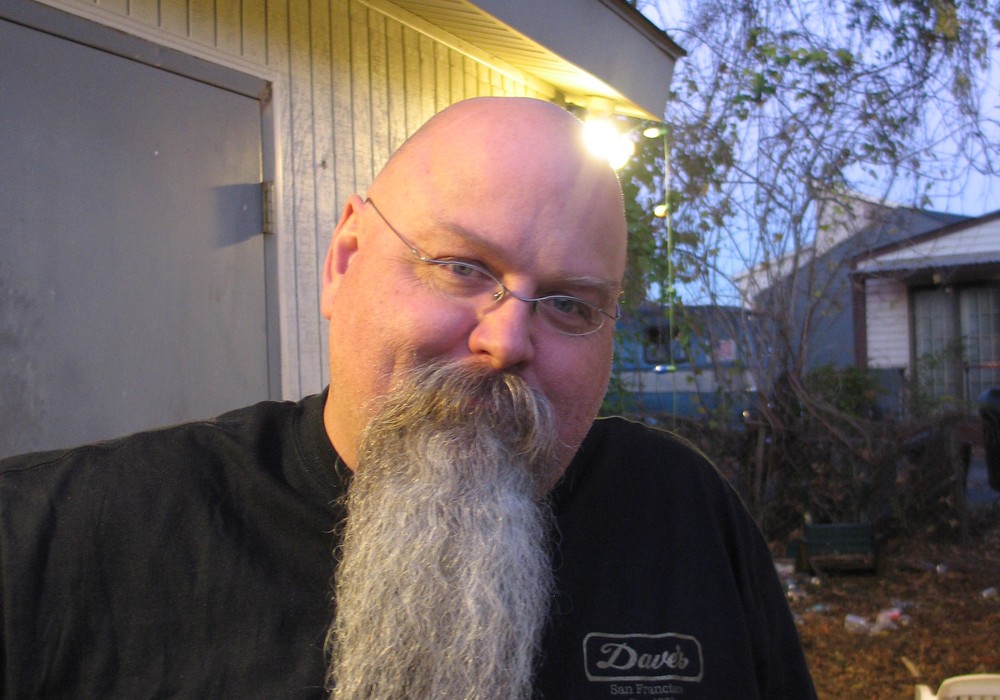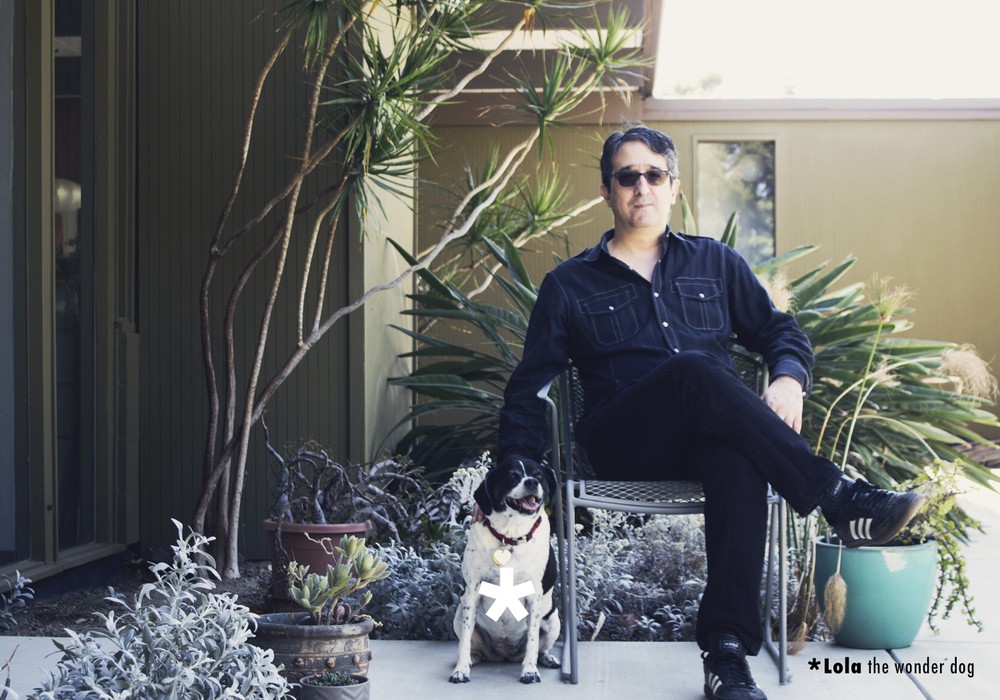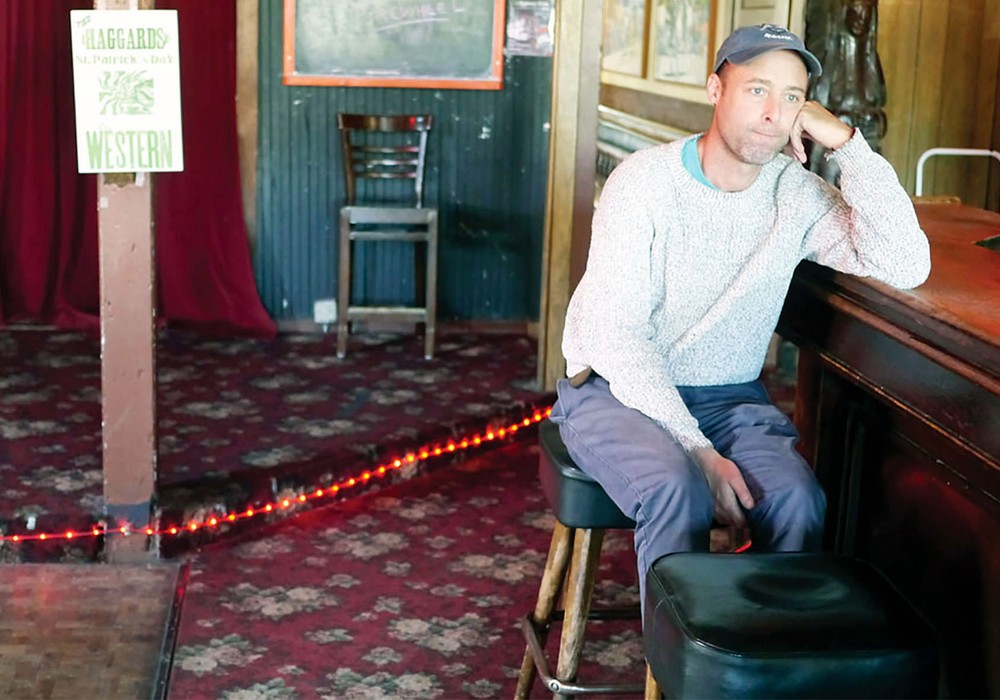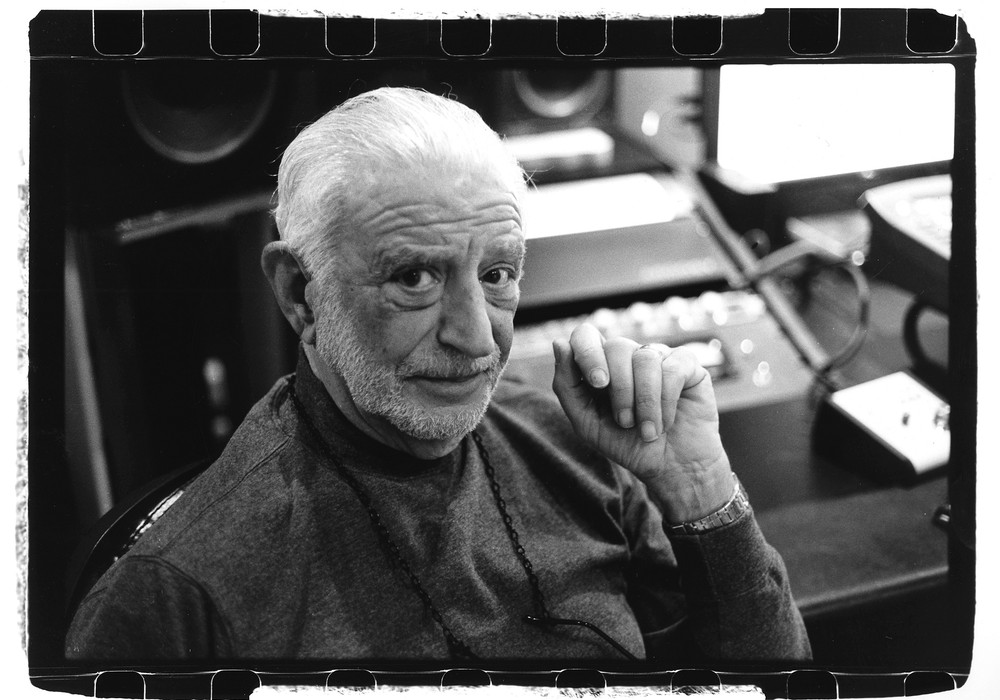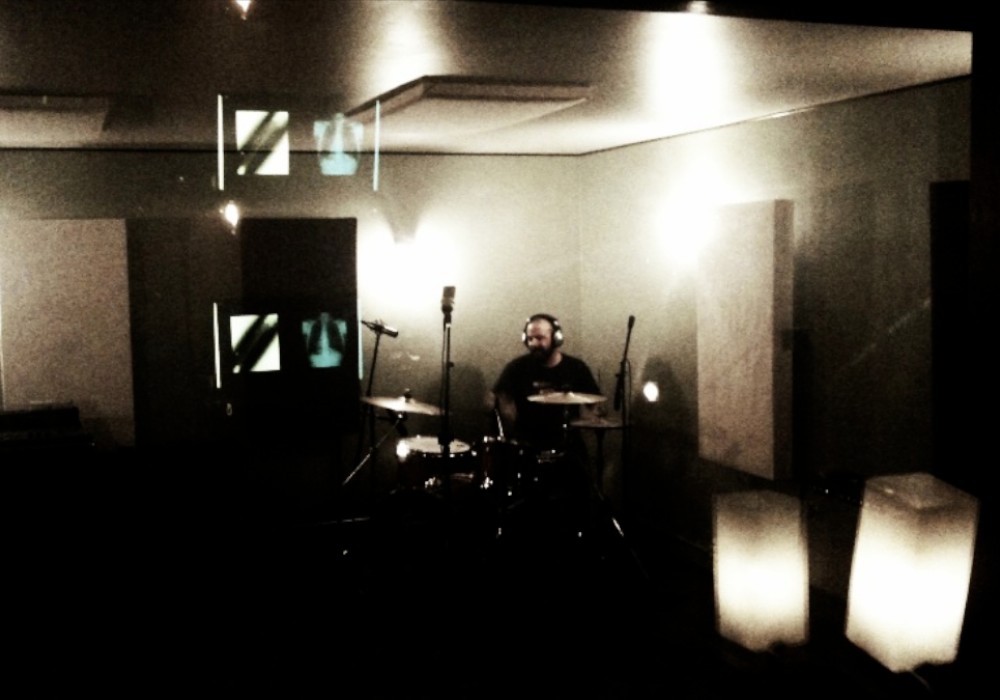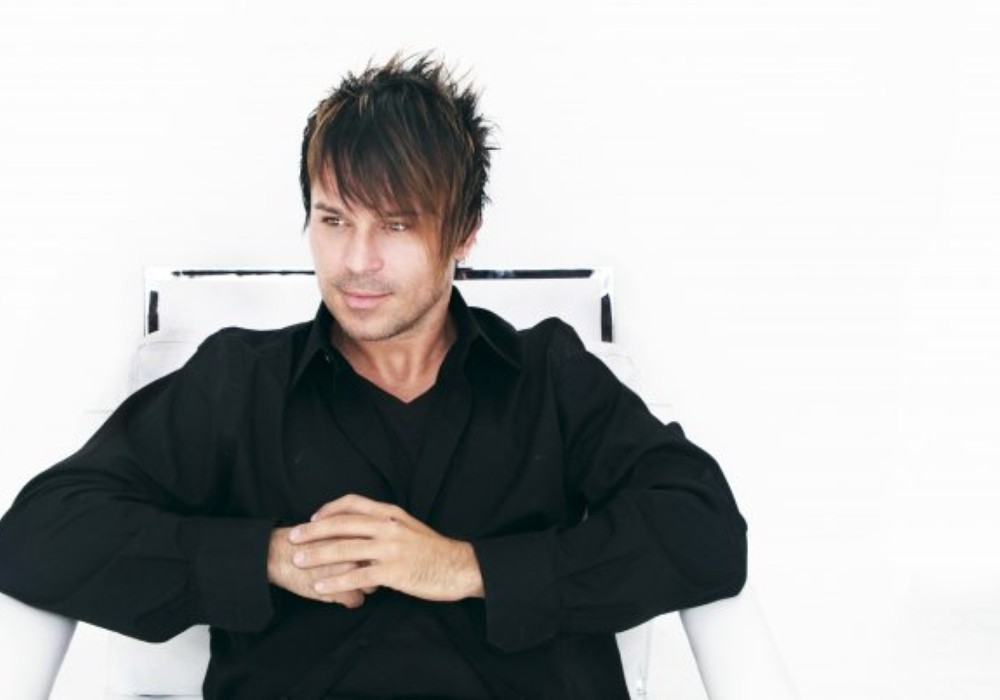Plink is the brainchild of Scott Evans and Brad Derrick. Scott's a computer programmer by day with a long list of song writing and production credits. Brad is a sound designer for video games, a professional drummer and has very energetic two- year-old twins. These are busy people. So when they set out to create a CD, The Sleeping Lines, of ambient space lounge tunes with wispy female vocals, the prospect of traveling the 100 miles to each others' studios started looking pretty stupid. I interviewed them from Scott's studio, with Brad on speakerphone, which is oddly fitting. Plink was recorded and produced in both of their studios simultaneously with lyrics, basic tracks, test mixes, and MIDI files flying back and forth electronically in what ended up being a sort of wide-area recording studio, over a period of 15 months.
How did you make it possible to work simultaneously from two hours apart?
SE: For anything "final" we used ftp to send WAV files compressed with a program called Monkey's Audio. We sent MP3s back and forth for test mixes, and we emailed lyrics and MIDI files.
How did file sharing benefit the production process the most?
BD: We helped each other with sounds a lot. If I had this thing that I needed to be doing and I couldn't find a sound I liked, I'd upload what I had and we'd wonk up sounds for each other to use. At one point Scott sent me a MIDI file and said, "Hey, I wrote this on a piano, but I don't want it to be a piano." So we both took stabs trying to create an artificial instrument that would function like a piano but would be something custom. For electronic music, I would say that's on par with playing instruments on each other's songs.
Did you do this with "real" instruments too?
SE: Oh yeah. Drums, obviously. Kate Cronin's voice went back and forth over the wire a lot. For one song, after I dropped a string part in place they sounded all weird and naked and incongruous, so I sent them to Brad and he sent them back all gooey.
How did your long distance method differ from a more conventional recording/production process?
BD: Well, it's the way we ended up working as a coping mechanism. I don't know if it's the way we would have worked entirely if we did live in the same town.
SE: Yeah, it's hard to say. Early on Brad sent me an audio file and I asked him to send me the MIDI file because I had some ideas for it. And it was like I touched him in a bad place.
BD: Did I? [laughs] I would do the same thing today.
SE: Brad's an only child and he has... sharing issues. So would we have worked different in person? I don't know. It might have been worse. Plink is fairly intricate in terms of going through the digital blender. Starting with a piano sound and getting to a beautiful otherworldly thing can be a slow, detailed process. No reason to have Brad sitting there saying, "Wait, change your granular synthesis setting to this".
BD: Yeah, I work in a very deliberate manner, and I don't work well with people looking over my shoulder. I know what I want to do but it might take me a while to get there. I don't think I could do what I do with someone standing there trying to "contribute". I just do a lot better when I'm placed in my dark little box.
Where'd the final mixes happen, and how did that work?
BD: By the time we were done monkeying around with all the tracks, we had rough mixes that were pretty damn polished. 90% done I'd say. After that we got all the files to Scott's and it was like a big Control- M to make everything sit together. [Control-M is the keyboard (and verbal) shortcut they use for "render mix" in their DAWs]
SE: It's electronic music when you get right down to it, so for the most part you're kind of mixing as you go. So mostly "final mixes" meant dropping vocals in to songs.
If you had to do it again would you do it the same way?
SE: Well... one result of working this way is that the record has a kind of stiff feel to it. Whenever it does sound organic it sounds like we tried to make it sound organic. And that's cool, I mean it's a "thing." But if we were able to get a little more "person" into it... just get the people in a room and see what comes out and take the best parts of it and work on that...
BD: Yeah, I agree to an extent. This is total hindsight, but I feel like there could be two Plinks. You have the one that's cold and digital and...
